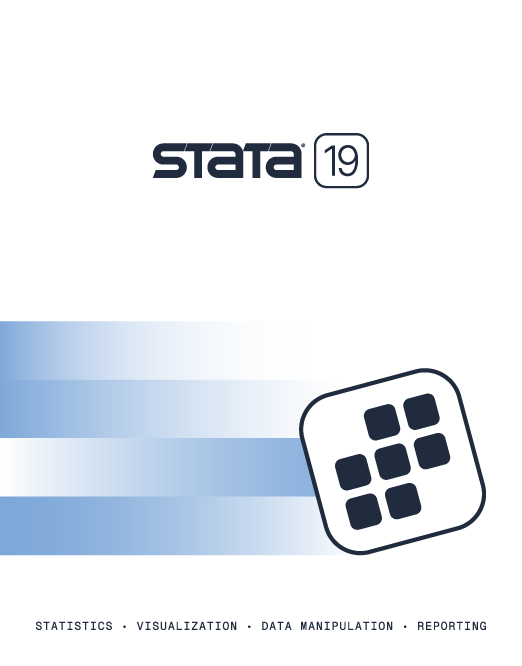
| Speakers: Aurelio Tobias, Institut Municipal d'Investigacio Medica, and Michael J. Campbell, Northern General Hospital |
Usually the analysis of epidemiological time series data consisting of counts requires Poisson rather than linear regression. To study the short-term effects of air pollution on health different techniques based on time-series methodology and others on linear and nonlinear regression have been used.
A main objective of the APHEA project (Katsouyanni, et al. 1995) was to develop and standardize a methodology for the detection of short-term effects of air pollution on health using epidemiological time series. Since the dependent variable, such as daily mortality, is a non-negative count, a Poisson regression was used. The model assumes

where  is the matrix of predictor
variables on day
t with regression coefficients
is the matrix of predictor
variables on day
t with regression coefficients
 ,
,
 is the number of deaths on day
t, and E denotes the expected value. Time series data usually
contains autocorrelation between the observations. The presence of
autocorrelation is often an indication of incomplete or inadequate model
specification since the reason for autocorrelation of the deaths is because
they are conditional on autocorrelated predictor variables. If the model
were correct, the residual autocorrelation should be minimal since one death
does not cause another. Thus residual autocorrelation maybe implies
confounding of air pollution associations due to unmeasured or mismodeled
variables. The solution proposed in APHEA project was to include a
specification of the autocorrelation in the model, and from this, standard
Poisson regression needs to be modified. Following Schwartz et al. (1996)
Poisson regression with autocorrelated residuals is suitable to analyze time
studies controlling for autocorrelation. In this model the covariance
matrix is defined as follows:
is the number of deaths on day
t, and E denotes the expected value. Time series data usually
contains autocorrelation between the observations. The presence of
autocorrelation is often an indication of incomplete or inadequate model
specification since the reason for autocorrelation of the deaths is because
they are conditional on autocorrelated predictor variables. If the model
were correct, the residual autocorrelation should be minimal since one death
does not cause another. Thus residual autocorrelation maybe implies
confounding of air pollution associations due to unmeasured or mismodeled
variables. The solution proposed in APHEA project was to include a
specification of the autocorrelation in the model, and from this, standard
Poisson regression needs to be modified. Following Schwartz et al. (1996)
Poisson regression with autocorrelated residuals is suitable to analyze time
studies controlling for autocorrelation. In this model the covariance
matrix is defined as follows:

where  is the classic
Poisson covariance,
is the classic
Poisson covariance,  is
the overdispersion parameter estimated from the
is
the overdispersion parameter estimated from the  residual using McCullagh and
Nelder's method (1989), R is an autocorrelation matrix, and
residual using McCullagh and
Nelder's method (1989), R is an autocorrelation matrix, and
 when k = 0 and 0 otherwise.
when k = 0 and 0 otherwise.
The code in arpois.ado fits this Poisson autoregressive model. Two types of autoregressive terms are allowed to be included in the model: studentized residuals

where  , or lagged values of the
dependent variable
, or lagged values of the
dependent variable

The order of the autocorrelation could be empirically estimated examining the autocorrelation function plot. This option has been included in the code using the acplot.ado file developed by Cox (1997).
However, it should be recognized that these models could be may lead to instability of the estimated associations because the high day to day correlation of air pollution exposures. The inclusion of autocorrelation terms in the model is generally felt to produce a conservative estimate of the pollution effect size and standard error (Brunekreff et al. 1995).